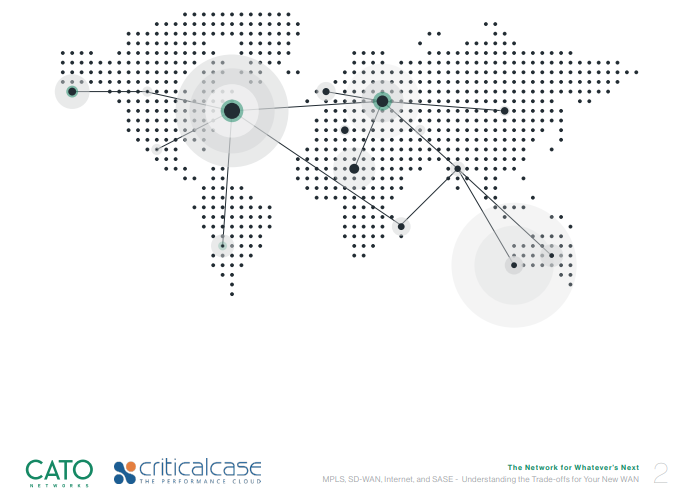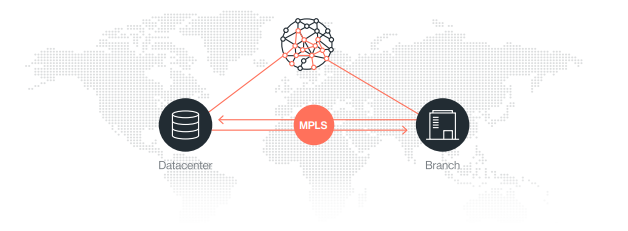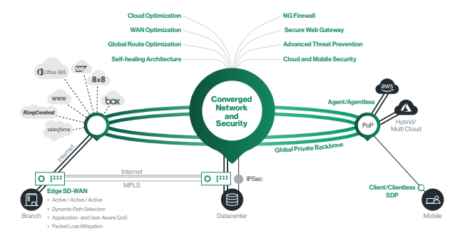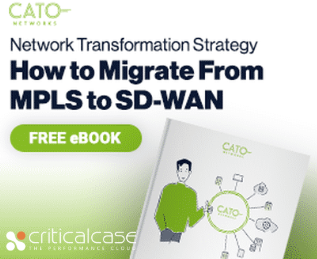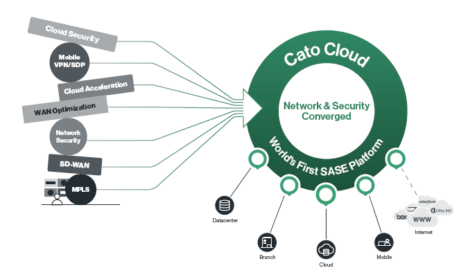It is no longer sufficient to think in terms of physical locations being the heart of the business, and here is why:
- Limited end-to-end link control for the cloud
With public cloud applications, organizations can’t rely on optimizations that require a box both end of each link. In addition, cloud infrastructure (servers and storage) introduces a new production environment that has its own connectivity and security requirements. Existing WAN and security solutions don’t naturally extend to cloud-based environments.
- Limited service and control to mobile users
Securely accessing corporate resources requires, mobile users to connect to a branch or HQ firewall VPN which could be very far from their location. This causes user experience issues, and encourages compliance violations (for example, direct access to cloud services that bypasses corporate security policy). Ultimately, the mobile workforce is not effectively covered by the WAN.
SASE is aiming to address the challenges of traditional WAN. It is based on the following principles:

